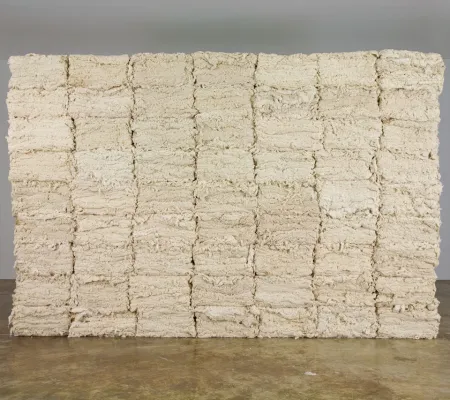This talk examines the visual relationship between the cotton trade and the representation of the black body in American culture, using historical case studies and contemporary art. Juxtaposing contemporary interventions with historical moments, it examines how cotton materially influenced the way black bodies were seen, and how black Americans saw themselves, as both enslaved and free Americans. It argues that tracing this relationship deepens our understanding of the intersections of vision, value and subjectivity in the production of racial identity in nineteenth-century America, and also today.
Please note that in order to ensure the timeliness of confirmation emails with Zoom link information, this registration link expires at 5:00 pm central time on February 22, 2022. Those who have registered for the event during this timeframe will receive an email from the Department of Art and Art History with Zoom information the day before the event. Please contact Jill Velez at jill.velez@austin.utexas.edu for assistance.
Anna Arabindan-Kesson is an art historian and writer, who is jointly appointed as an Assistant Professor of Black Diaspora Art in the departments of African American Studies and Art and Archaeology at Princeton University. She has lived and studied in Sri Lanka, Australia, New Zealand and England and prior to completing her PhD in African American Studies and Art History in the United States, Arabindan-Kesson was a Registered Nurse. Her book, Black Bodies, White Gold: Art, Cotton, and Commerce in the Atlantic World was published by Duke University Press in May 2021. Her personal and professional background inflect her academic and curatorial work which focuses on the relationship of vision and visuality to histories of race, empire, and migration.
Event Details
Virtual


